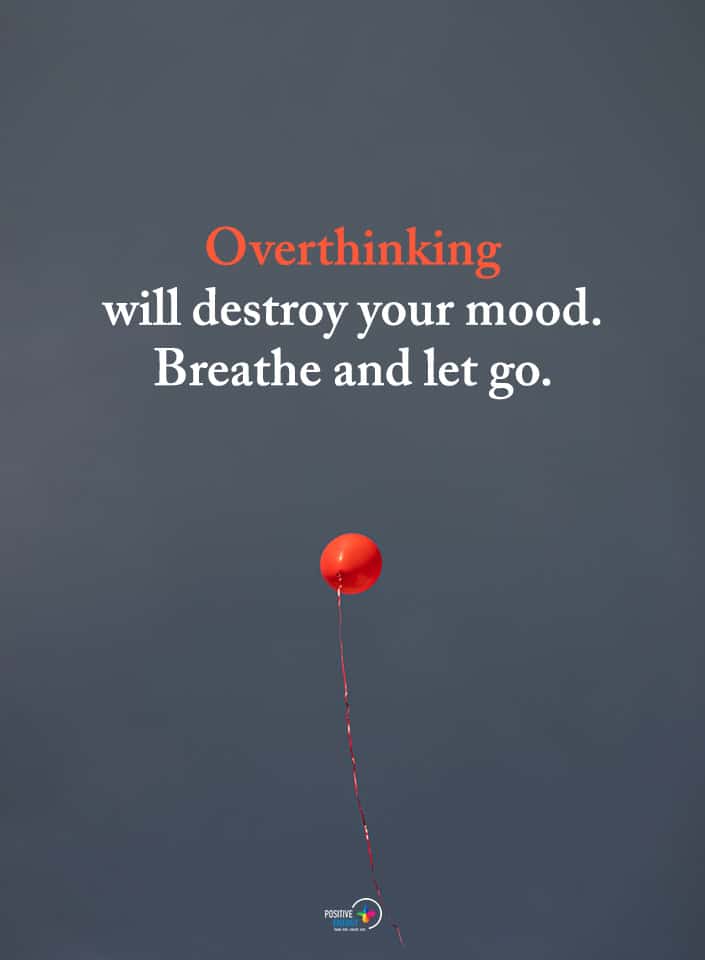First, you hear bad news to trigger panic.
There’s probably never been as much apprehension around a health issue in the 21st century then what we’re now seeing with the spread of novel Coronavirus (COVID-19).
As of this writing, California, New York, Illinois, and Connecticut have all issued stay-at-home orders to its citizens to prevent the spread of the virus. That means about 75 million Americans, a quarter of the entire country, are being told to stay inside.
Even in states where there are no such requirements, businesses are closing their doors, and people are staying inside. In other countries, there are even lockdowns and forced quarantines. Many are stuck overseas as their home country issues travel bans and visa restrictions.
On an individual level, people are anxious and uncertain. These are entirely reasonable human responses to such an event.
However, unless managed, this uncertainty, anxiety, and fear can swell into full-blown panic. You mustn’t allow this to happen. We mustn’t let this happen.
Now, the good news. While outside events aren’t within our locus of control (besides taking safety measures ourselves, of course), we can indeed influence how we respond.
By understanding how anxiety works, we can effectively manage it. By doing so, we limit the possibility of panic- a more extreme form of stress – from taking hold.
Anxiety In The Brain
Anxiety, fear, and panic are all inside the mind. This assessment isn’t just some cliché. Indeed, it’s science. Per the Mayo Clinic: “Anxiety is all in the head.”
Short and sweet.
Several areas of the brain are involved in the anxiety response, which is triggered when the amygdala (uh-MIG-duh-luh) senses trouble. An important thing to mention here is that the amygdala responds whether or not the threat is real, imagined, or anticipated.
When activated, the amygdala releases a flood of hormones (including the stress hormone, cortisol) and adrenaline. Scientists call this process fight-or-flight, which enabled our distant ancestors to survive in life-or-death situations.
Of course, the number and degree of life-or-death scenarios that we currently face pale that of our forebearers. The problem: our neural circuitry hasn’t evolved much since this time. In other words, the underlying brain structure that was around when we slept among wild beasts who wanted to kill us remains pretty much intact.
While our survival mechanism is necessary for those increasingly rare live-or-die scenarios, it can be a hindrance when trying to remain calm amid crisis.

Let’s discuss how this mechanism works.
- When alarmed, the brain’s amygdala is immediately on guard. In turn, the amygdala alert multiple other regions of the brain to the potential threat. This is when we notice that typical fear response: rapid heartbeat, sweaty palms, a spike in blood pressure, and a surge of adrenaline. All of this transpires before you’re even aware of why you are afraid.
- It is only after the deeper brain structures are alerted to the threat that the conscious part of the brain, the prefrontal cortex (PFC), tries to make sense of what is going on. Signals are sent to the thalamus and then to the cortex for the gathering of raw data. The cortex then “decides” whether a fear response is required; if it is, the cortex signals the amygdala, and the body stays on alert.
Panic sets in under one of two conditions: (1) the stimulus (outside event, internal thought/emotion) is overwhelming, which triggers heightened anxiety response, or (2) the onset of symptomatic anxiety disorder has hijacked the response. In the case of panic disorder (PD), the second condition may precede the first.
Per the Anxiety and Depression Association of America (ADAA), between 2 to 3 percent of Americans experience PD in any given year.
Normal anxiety versus generalized anxiety disorder
The ADAA distinguishes between “normal anxiety” and an anxiety disorder (generalized anxiety disorder, or GAD.)
| Normal Anxiety | Anxiety Disorder |
| Muscles aches or fatigue; exercise overexertion; stress at work; sitting too long at the computer | Agitation, muscle tension, fatigue (or a combination of these) that continue for six months or more; symptoms are not related to a specific physical or emotional problem |
| Worry about a work deadline, school exam, or upcoming medical appointment | Chronic and continual worry that disrupts social activities interferes with work, family, school, and relationships. |
| Difficulty concentrating, relaxing, or sleeping when faced with a job loss, illness, or relationship difficulties | Difficulty concentrating, irritability, or sleep disturbance on the majority of days for at least six months. |
For the remainder of this article, we are going to assume that you experience normal anxiety on occasion. In times of crisis, such as what the world is now dealing with, you may find that instances of normal anxiety may become more frequent. What distinguishes normal anxiety from an anxiety disorder is that the removal of the stimulus (in this case, COVID-related events) results in the relief of many anxiety symptoms.
Please note that the next section, which deals with the short-term relief of anxiety and panic, maybe of benefit for both groups. However, intervention and treatment are often required for individuals with an anxiety disorder.
Counteracting Anxiety and Panic
An understanding of the sympathetic and parasympathetic nervous system (SNS and PNS, respectively) may come in handy here.
The SNS orchestrates the body’s rapid, involuntary response to danger or stress. It is the SNS which activates the fight-or-flight response. The PNS counteracts the SNS by promoting a state of dynamic equilibrium (homeostasis).
Studies have shown that uncertainty, like what we’re dealing with now, results in more frequent SNS activity. Other factors also contribute, including the absence of an emotional outlet, feelings of non-control, and feeling a lack of support or hope.
Hacking the PNS
The good news is that we can voluntarily activate the PNS, thereby suppressing SNS activity and, thus, anxiety symptoms.
How?
Well, there are numerous methods. But the simplest is, by far, a quick breathing exercise.
Dr. Rick Hanson, the author of “Buddha’s Brain,” lays out a five-minute meditation called “A Taste of Equanimity.” Here’s how it works:
- First, relax your body and mind. Don’t force this relaxation; just let it happen. Think of how residue settles at the bottom of a glass of water.
- Focus on the sensations of your breathing, either at the belly or chest or around your upper lip.
- Mindfully (moment-by-moment) attend to the quality of your experience. Are the sensations you’re experiencing pleasant, unpleasant, or neutral?
- Observe as your mind automatically shifts into a mode of patience about whatever arises. You’ll feel at ease – a relaxed and undisturbedly pleasant state. Accept these feelings.
- Observe as your mind becomes more and more collected, steady, and quiet.
After a few minutes, with practice, your mind will be able to witness mental and physical events. That is, your brain and consciousness become less prone to getting “caught” up in rumination, uncomfortable sensations, and so on.
If you wish to take your practice to another level, try sitting for ten minutes. When you’re ready, bump it up to 15. Just remember that the quality of your meditation and mindfulness practices are much more important than the quantity.
If you are on the go and caught up in anxiety, there’s an even quicker breathing exercise that you can practice. Here’s how it works:
- First, take three deep breaths, filling your lungs, and exhale fully.
- On the following in-breath, count to four.
- Hold the inhale to a count of two.
- Exhale to a count of seven.
Practice this breathing exercise for 2-3 minutes or until your mind collects itself (which it will.) This technique is a wonderful practice when you’re at work or in any situation where you need to take a timeout. Try to get into the habit of breathing this way whenever you can.
Final Thoughts: Please Be Safe, Prepare But Don’t Panic
While the above exercises will certainly help you ease any anxiety and panic that you may feel, please exercise the proper precautions during this difficult time.
Per the World Health Organization (WHO), here are some measures that you can take to help protect yourself from COVID-19:
- Wash your hands frequently to kill any viruses that may be on your hands.
- Keep at least a 3-feet distance between yourself and anyone that is coughing or sneezing. (Furthermore, it’s probably a good idea to maintain this distance whenever you’re out in public.)
- Abstain from touching your eyes, nose, or mouth, as doing so can transfer viruses to these areas and enter your body.
- Always cover your mouse and most whenever you cough or sneeze. If you use a tissue, dispose of it immediately.
- If you develop a fever, cough, and difficulty breathing, seek medical attention.
For more information, please visit the World Health Organization’s website at www.who.int.
Please be safe and well.
















 Community
Community

